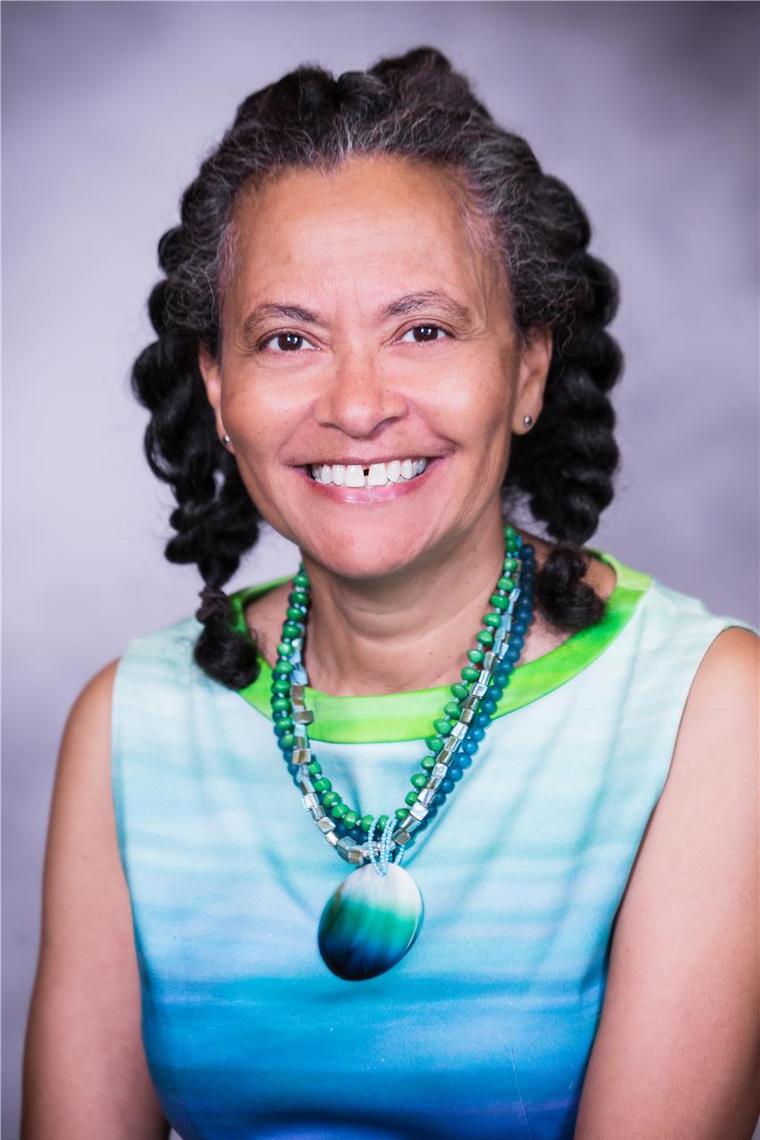The 2021 ACGME Annual Educational Conference ended with an inspiring and powerful Closing Plenary by Camara Jones, MD, MPH, PhD. Her talk, Action as Antidote: Resisting the Seductive Somnolence of Racism Denial, was a compelling examination of racism in our society, and how the health care community can contribute to dismantling it.
Dr. Jones, adjunct professor at Rollins School of Public Health, adjunct associate professor at Morehouse School of Medicine, and past president of the American Public Health Association, began by pointing out the importance of naming racism where it exists, openly and fearlessly. She focused on four key messages: 1. Racism exists; 2. Racism is a system; 3. Racism saps the strength of the whole society; and, 4. We can act to dismantle racism.
Dr. Jones defined racism as a system of power that structures opportunities and assigns value based on the social interpretation of how one looks. Racism unfairly disadvantages some individuals and communities; unfairly advantages other individuals and communities; and saps the strength of the whole society through the waste of human resources.
Her talk included illuminating allegories that clarified her explanations. She described sitting inside a restaurant one evening, finishing her meal just after the restaurant had closed. She could see the “Open” sign on the door—open to her, she realized, but “Closed” to those outside. Like sitting inside that restaurant, it may be difficult for some to recognize a system of inequality that privileges us. But those on the outside are painfully aware of its existence.
Racism as Structure
Our focus on the individual in America can make structural racism nearly invisible. She asked the audience to imagine a cement factory spewing cement dust. The dust is detrimental to all of us, but she asked viewers to imagine how they would deal with the problem. Should we measure the dust in our lungs? We could measure it, she explained, but some people are afraid to have the dust of racism measured in their lungs. Should we apply a cleansing approach to clear out the dust in our lungs? But the dust will only come back after the cleansing. Should we wear a gas mask to keep additional dust out of our lungs? That’s a start, said Dr. Jones, but it’s not the answer. The essential focus needs to be on the source of the dust: the factory. We need to shut down the source of the pollution so that all can benefit from clean air. Dismantling systemic racism gets rid of the dust and allows us to benefit from the talents and contributions of everyone.
Dr. Jones stated that the structural barriers caused by racism create seven obstacles to achieving health equity:
- A narrow focus on the individual, making systems and structures invisible or irrelevant
- The a-historical disconnect Americans have from the past, so that systems and structures seem immutable.
- The “myth of meritocracy” that can hide racism for some.
- The myth of the “zero-sum game,” the fallacy in which one group must lose in order for another to win.
- A limited future orientation, manifesting in a disregard for children (and for the planet).
- The myth of American exceptionalism, which brings a sense of entitlement and a disinterest in learning from others.
- White supremacist ideology, creating a false hierarchy in human valuation.
“Racism is foundational in our nation’s history,” she said. “And yet many people are in staunch denial of its continued existence and its profoundly negative effects on the health and well-being of the nation.” The effects of racism and our denial of it are inescapable: when we constrain black, indigenous, and Hispanic lives through this system of inequality, she said, “we lose the genius of those individuals to our entire society,” she stated.
What We Can Do Today
A key element of structural racism is the absence of others in important decision-making situations. We can watch for those who are NOT represented in decision-making situations, and in the short term, work to represent those interests. But more importantly, we must work to ensure that all who should be are invited to and included at the table.
The path forward, Dr. Jones explained, begins with looking for signs of racism in our daily lives and our institutions. We must be diligent: part of our privilege is not to have to know about the “Closed” side of the sign.
“How is racism operating here?” should be asked in all institutions—schools, workplaces, health care systems. We must organize, strategize, and act. We must burst through our bubbles to experience our common humanity. We must join in the stories of others, reveal inaction in the face of need, and know that collective action is power.
Dr. Jones concluded her talk by urging us to take action using the Four Bs: Be courageous. Be curious. Be collective. Build community.
If you missed this important talk, or any of today’s sessions, you can still register for access to the on-demand conference content, which will remain available for viewing through June 1, 2021. Learn more here.

